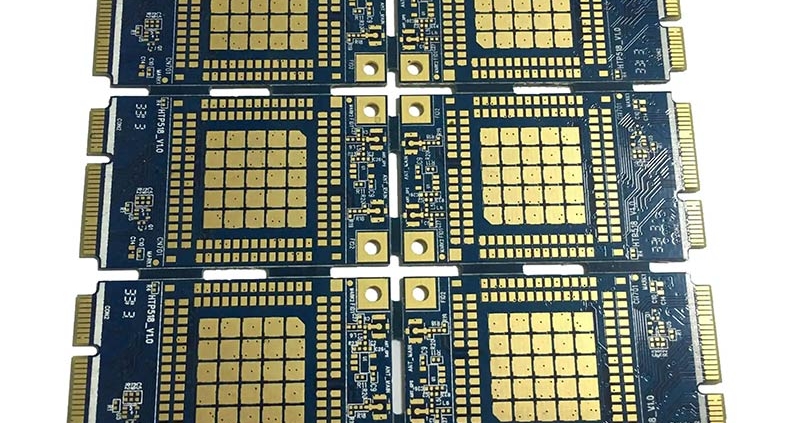What is the appropriate safe distance between PCB board edges?
PCB board edge safety distance refers to the minimum safety distance between the edge of the circuit on the PCB board and the board boundary. The determination of this distance is very important to ensure the reliability of the circuit and prevent interference between circuits. This article will discuss in detail the appropriate range of PCB board edge safety distance and its impact on circuit design.
1. Concept and background of PCB edge safety distance
PCB, the printed circuit board, plays a very important role in modern electronic products. The PCB board edge safety distance refers to the minimum safe distance between the circuit on the PCB board and the edge of the board. This concept is proposed to ensure the reliability of the circuit, prevent interference between circuits and meet safety requirements.
When designing a PCB board, you need to take into account the spacing between circuits and the spacing between the circuits and the edges of the board. This is because without proper spacing between circuits, mutual interference between circuits may occur, resulting in circuit performance degradation or even damage.
2. Parameter influencing factors of PCB board edge safety distance
1. Insulation material: PCB boards usually use materials with good insulation properties, such as FR4, which plays a very good role in isolating interference between circuits.
2. Working voltage: The higher the working voltage of the circuit, the safety distance between the edges of the board should also be increased accordingly to ensure that the current will not cause short circuit or breakdown.
3. Version requirements: Different circuit boards have different version requirements, and they also have different requirements for the safety distance between the edges of the board. For example, the requirements for civilian products and military products will be different.
4. Electromagnetic compatibility (EMC): The safety distance between the edges of the board will also be affected by electromagnetic compatibility. When designing, it is necessary to consider the electromagnetic crosstalk problem between circuits and reasonably determine the safe distance between the edges of the board.
3. Measurement and calculation method of PCB board edge safety distance
In actual design, how to measure and calculate the PCB board edge safety distance is also a crucial step. Here are two common methods:
1. Standard method measurement: According to the standard requirements, directly measure the distance from the edge of the board to the nearest circuit.
2. Electric field analysis method calculation: By using professional electromagnetic simulation software, the electric field distribution between the circuit and the board edge is simulated and analyzed to determine the board edge safety distance.
4. Appropriate range of safety distance between PCB board edges
When determining the safe distance from the edge of the PCB board, it needs to be considered based on the specific application scenarios and product requirements. Generally speaking, a reasonable safe distance from the edge of the board should meet the following conditions:
1. Minimum safe distance between circuits: ensure that arc breakdown and mutual interference will not occur between circuits. According to different circuit design requirements, this distance needs to be within a certain range.
2. Electromagnetic compatibility (EMC) requirements: Ensure that the circuit does not produce electromagnetic interference that affects other circuits or equipment when working. According to the standard requirements of different countries and industries, the safety distance from the edge of the board will also be different.
3. Safety requirements: Ensure that the circuit will not cause safety risks and will not cause short circuit, overheating or other faults within its design life. Depending on different application scenarios and product requirements, a larger safety distance from the board edge is sometimes required.
To sum up, the safety distance from the edge of the PCB board is one of the important parameters to ensure the reliability and safety of the circuit. Its proper setup and design will help reduce interference between circuits, prevent short circuits and failures, and meet electromagnetic compatibility requirements. During the specific design, it is necessary to comprehensively consider the circuit type, operating voltage, version requirements, safety requirements, etc., with the help of appropriate measurement and calculation methods, and clearly stipulate them in the design specifications to ensure that the safety distance from the edge of the PCB board is set correctly. Reasonableness and reliability.



